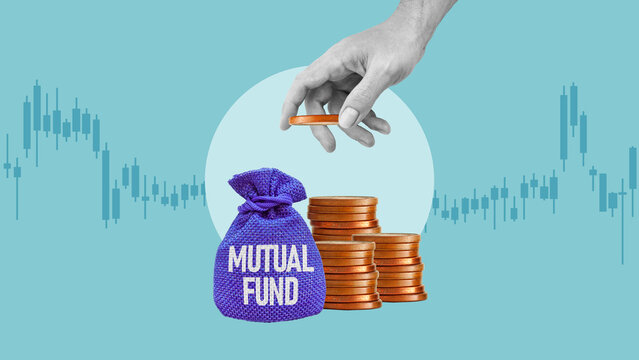7 Warning Signs Your Investment Fund Is Underperforming
- Consistently Below Benchmark: Your fund regularly fails to match or exceed its benchmark index over multiple quarters
- High Expense Ratios: Management fees exceed 1.5% annually without corresponding superior performance
- Frequent Manager Changes: Portfolio managers leave frequently, indicating internal instability
- Style Drift: The fund deviates from its stated investment strategy without clear communication
- Poor Risk-Adjusted Returns: Low Sharpe ratio indicates inadequate returns for the risk taken
- Declining Assets: Significant outflows suggest other investors are losing confidence
- Lack of Transparency: Limited reporting or unclear communication about holdings and strategy



:max_bytes(150000):strip_icc()/fundmanager.asp-FINAL-1-ab3db6e95d5d437fb42e5f9a30bd5ecd.png)